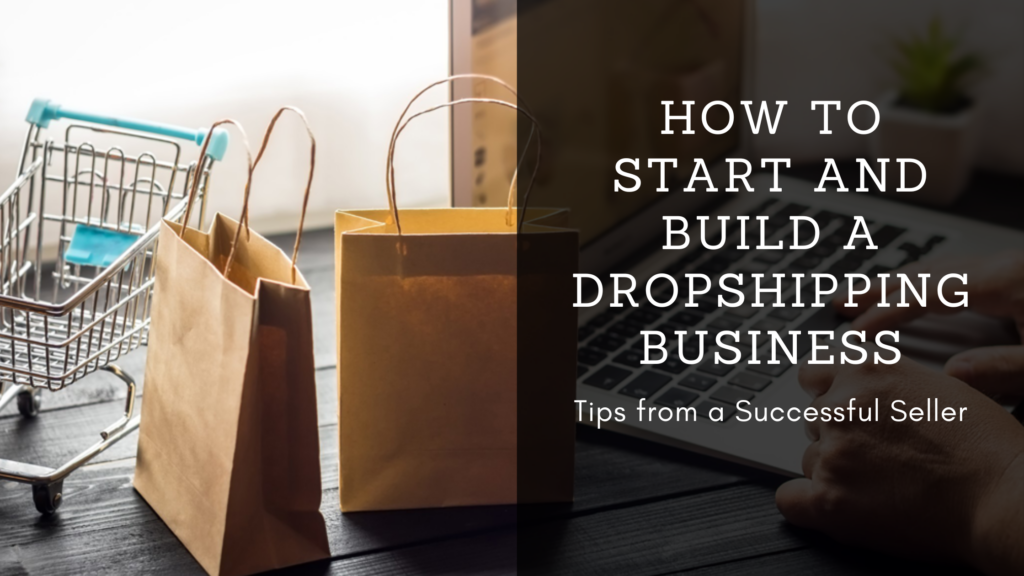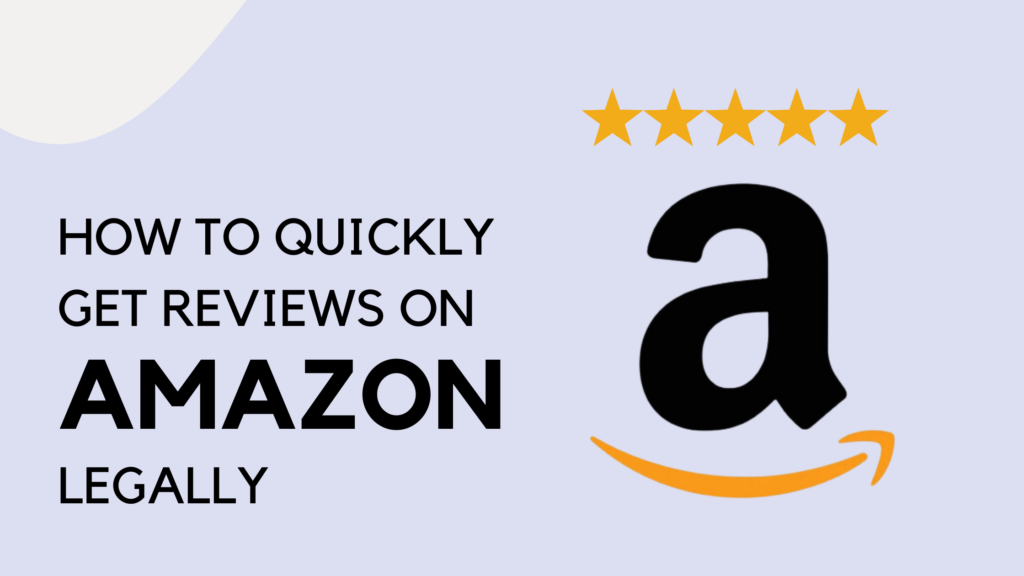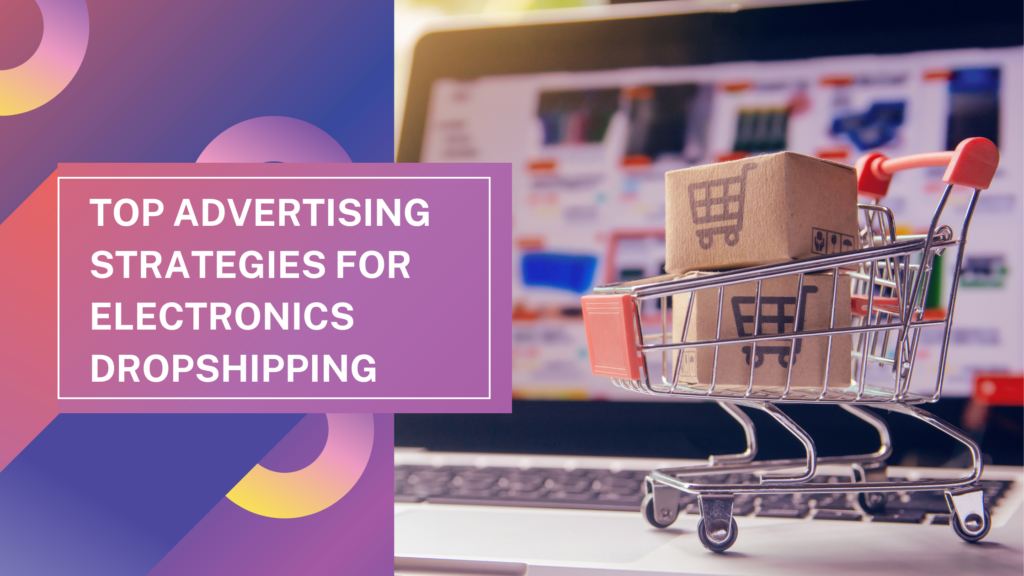How to Start and Build a Dropshipping Business: Tips from a Successful Seller
When starting a dropshipping business, it can be easy to fall for the “get rich quick” syndrome. Amy Hunt, a successful dropshipper, has been doing this for almost 20 years. Her experience and process show that dedication is crucial for success.
Below, we will let you know how you built your first dropshipping store through Amy. Through her experience, you will better understand what you need to start.
About Amy
Amy is a successful business owner in the dropshipping industry. She has been doing so since 2003, starting with nothing as a stay-at-home mom.
She was a pioneer in the dropshipping industry before “dropship” existed. During 2003, she dabbled in buying “for sale” items from local outlets. Before this, she had no experience in marketing or sales.
She moved on to selling on behalf of a friend’s outlet on Amazon. However, she also found success through an eBay store. In both cases, her investment level was nearly $0.
Eventually, she found a permanent home as part of the jewelry niche. Amy shares her experience with others as the Home Business Expert.
Her dropshipping business uses automation at this point, with processes enabling her to expand quickly. Because of this, she manages Shopify, eBay, Amazon, and her YouTube channel.
However, Amy didn’t start successfully. To get where she is today, she had to overcome some significant hurdles.
Overcoming Challenges in Dropshipping
Like all successful dropshippers, Amy faced a good deal of challenges. Below, we will take from her experience to give you some tips to take to the bank.
How Do You Find Good Dropshipping Products?
I went to local outlets and grabbed things on sale when I first started. I put these things on eBay, and they began to sell.
It was a lot more guessing during this time. The research took time, but I needed products to profit.
I had to factor in shipping costs and product acquisition costs. Back then, it was more challenging to get this information.
Eventually, I moved to using AMZScout, which shortened the analysis process. It told me my potential earnings and gave me calculators to shorten my research time.
To use AMZScout, I followed this process:
- Download the browser extension.
- Browse Amazon for niches I was interested in.
- Open extension and read the data to find out high profit, high demand, and low competition items.
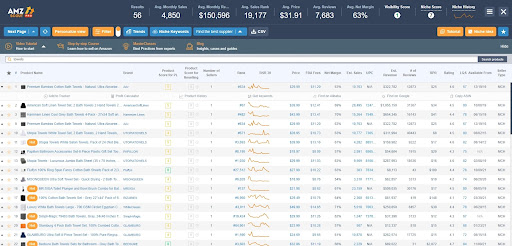
The AMZScout Pro Extension allowed me to identify these ways of making money:
- Products with long-term value.
- Items that would make me a profit.
- Reasonable shipping costs.
When you do not have a lot of money, it is crucial to take the time. Research is so important when choosing the right products.
How Do You Overcome Limited Funding With Dropshipping?
I liked dropshipping in the beginning because you can start with $0. I chose dropshipping (before it was dropshipping) using these tools
- eBay, which requires no upfront investment to make an account;
- Free trials of various software that helps me with automation and data;
- Free research on sites like Walmart and Amazon.
There are these people out there that say, “if you give me $1000, I’ll teach you how to invest $5000.” They do not understand that people who want to get into eCommerce don’t always have money.
Through dropshipping, all you need is time and effort. You don’t need to have a lot of money, making it great for people just to get into it.
How Do You Stay Engaged With Your Work?
Many people assume that dropshipping is some “set and forget” system. Like just grabbing a few products for your website will be enough to get you rich.
Sure, it might be possible to win the lottery. But, you want to create this steady progression that becomes easier as you keep doing it.
Once you put in the work, it can be easy to get complacent. I’ve used the time to experiment and try different things:
- Trying advertising across multiple platforms.
- Building a Shopify store to make more money with less profit sharing.
- Creating a YouTube page sharing your knowledge with others.
Amy’s Step-by-Step Tips for Product Research
Finding the best products to sell is crucial. Below are some from Amy’s experience.
Step One: How Do You Select A Comfortable Niche?
Your niche should match up with where you feel connected in product research. That way, you can be better at customer service.
For example, my niche is jewelry because I know a bit about it. I can combine that knowledge with what I find on my analysis tools to select profitable products.
I’ve found it makes it easier to find accessories and similar products. It also helps in keyword research, which is a big deal with these analytical tools.
Eventually, I took my passion to create custom items on my Shopify store. I create artwork from sermons I listen to on clothing I sell at this store.
Step Two: How Do You Choose Popular Products?
Another way you can narrow your target down is by picking a niche and seeing the top 100 products for that niche. From these top 100 products, you can choose a good listing worth selling on.
Finding trending information using Google or Amazon can help. You can also use AMZScout’s targeted products list released every month. Combine that with the browser extension, and you can get refreshed products regularly.
You need to sell products that have some popularity when dropshipping. If you don’t have a clue, you can use these resources. You can also get additional research on social media.
Historical data is essential, so you want to be sure your items sell when you sell them. Whether these are seasonal or evergreen items, finding popular products is critical.
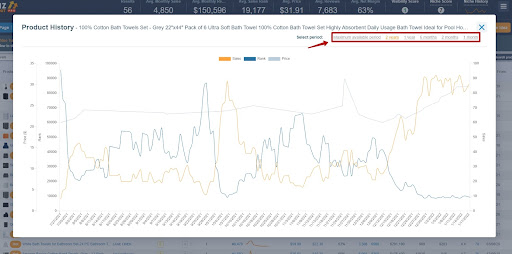
My way of finding popular products used to be looking at Walmart in the local flyers. Things on sale typically have popularity behind them. You can find suitable products through social media, third-party analytical tools, and best-selling lists.
Step Three: How Do You Add Products That Work To Your Store?
Once you get a good idea of starting, your next stage is to fill out your store. You can’t expect to manage an online store if you only added five items last month.
I always tell people to imagine a retail store with three items on the shelves. Unless you expect to win the lottery with these items, you aren’t going to make a lot of sales.
If you’ve already selected a niche, this part should be easy for you. I search for a wide range of accessories and items in my niche based on what I know about them.
If you are uncertain of how to start, look at other businesses that sell similar products. See all the products on their list and find comparable products to list on your own. You will also want to be sure it makes a profit.
When I automate my business, I can focus on growing aspects of my business. Through this, I put more effort into my Shopify store and YouTube channel.
Thankfully, dropshipping on Amazon fills most of the details in for you. In a way, you can call me an “order fulfiller,” but that’s a less fancy way to say dropshipper.
As a teacher, I hate it when my process doesn’t work. Through automation and utilizing numerous tools, my business operates well. Because of that, I can earn money and take time whenever I feel like it.
Diversifying your business through additional services is one way to earn a more significant income. You can get started with our dropshipping automation software for free.
Step Five: How Do You Expand To Other Sites?
When getting this online data, I find that many users assume that data doesn’t work across marketplaces. Like Amazon eCommerce data and eBay eCommerce data are totally different.
While some Amazon marketplace items won’t work elsewhere, this is a myth. Because when applying data from my other analytical tools, I’ve found success when selling them elsewhere.
Current eCommerce information doesn’t exist inside of a vacuum. If it works in one place, it is likely to work in another area. Keep this in mind when you expand to other sites.
If you are new to eCommerce, you might want to stick to simple stuff first. A single marketplace platform is enough to keep you busy for a time, but you should plan to grow in the future.
For me, this was growing from eBay to Amazon and (eventually) Shopify. For you, there are even more options available than when I started, so don’t be afraid to experiment.
Additional Dropshipping Tips for Success
After understanding the importance of data and research, my stores have gained a lot of success. The decision to use analytical tools like AMZScout gave me more confidence in my choices. So, knowing all that information is super important.
Today, I can forgo many Amazon and eBay fees with my Shopify store. Through this, I can sell artwork and work in areas I’m passionate about. I still work with Amazon and eBay, but automation helps me grow.
Through this success, I have a lot of time with my family. Not too long ago, I picked up a hunting license with my kid in the middle of the day just because he needed it. I knew my automation would work, so I have that luxury.
This process all starts by selecting a range of products you enjoy working with. They have to be popular, but personal knowledge and passion help you sell them.
Still, don’t expect it to be a get-rich-quick scheme. You don’t start making massive amounts of money until years of putting effort into it, not after hitting the lottery with the right product. So stay steady, keep your head up, and use data.
Because of this work, I’m happy to say I have time to establish my YouTube channel and share my knowledge with the world. My son still has problems telling other people what I do for a living. Thankfully, I don’t answer them.
Conclusion
In the early days, you had to do a lot of research to get things done. There were several startup costs, attracting more potential customers and experimenting with things until they worked.
You gather data easier these days, but the legwork is still 100% you. Granted, getting our automated dropshipping software will help simplify that process a bit.
We hope this article helps you cope with some of the pain points of dropshipping. Thanks for reading.
